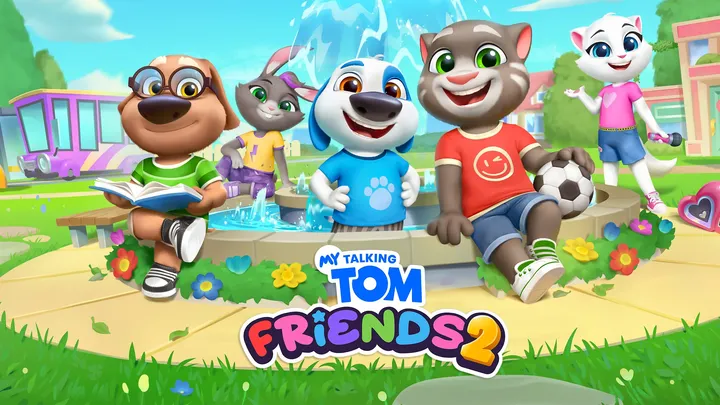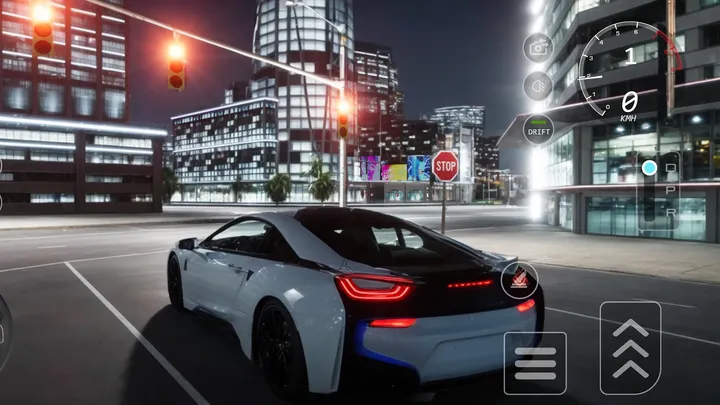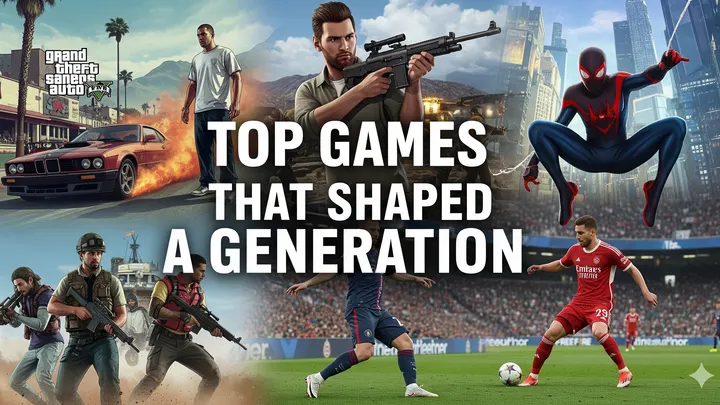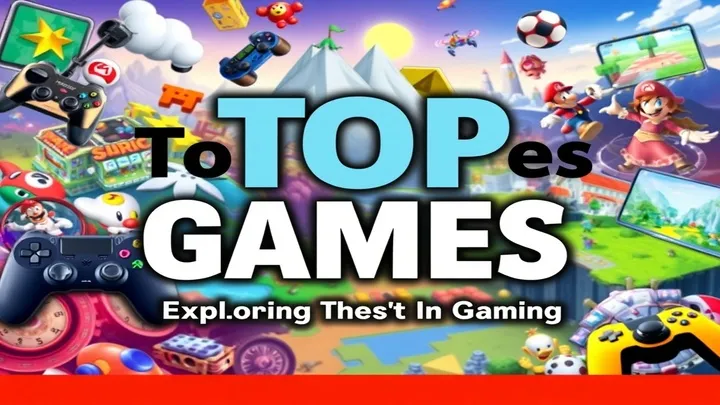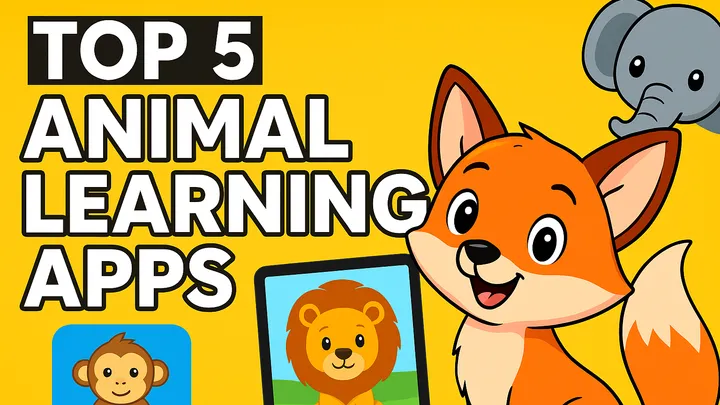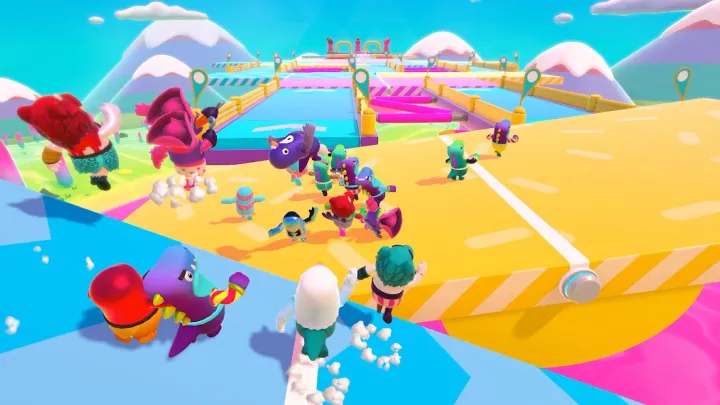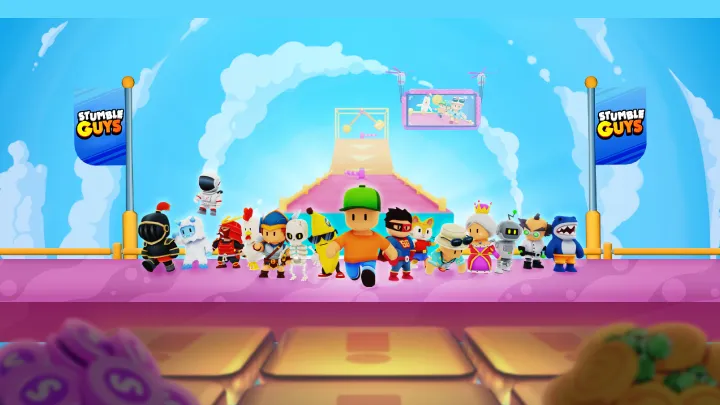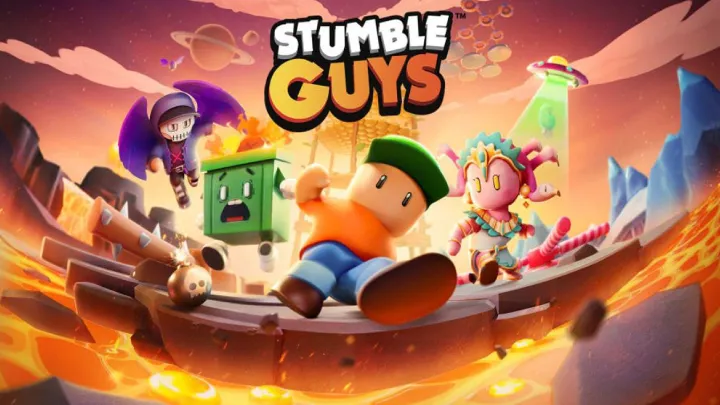The Legend of Zelda: Breath of the Wild – The Complexities of Open-World Design
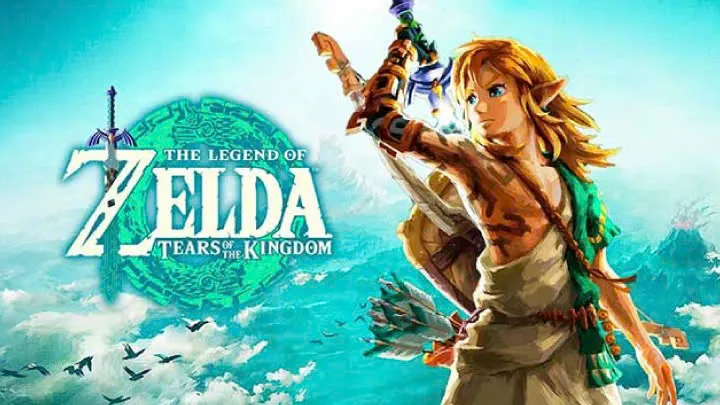
The Legend of Zelda: Breath of the Wild (BotW) is widely regarded as a landmark title in the open-world gaming genre. Released in 2017 for the Nintendo Switch and Wii U, it redefined conventions with its expansive environment, freedom of exploration, and intricate systems that interact in surprising ways. However, beneath the surface of its acclaim lies a complex issue: the balance between player freedom and narrative direction. This article will delve deeply into this issue, exploring how the game’s design choices impact player experience, engagement, and storytelling.
The Open-World Paradigm
The Shift in Game Design
The open-world paradigm in gaming has evolved significantly over the years. Traditionally, players navigated linear paths in games, following a set storyline with limited exploration. However, titles like The Legend of Zelda: Ocarina of Time introduced more expansive environments, leading to the eventual realization of fully open worlds in BotW.
Exploration vs. Narrative
In BotW, players can venture into the world of Hyrule in almost any order they choose. This freedom is exhilarating but complicates the game's narrative. Unlike linear games where the story unfolds in a controlled manner, BotW's open world means that players can miss key story elements or encounter them out of order, which can dilute the emotional impact of the narrative.
Player Agency
The sense of agency in BotW is one of its most celebrated features. Players can approach challenges and quests in various ways, utilizing the game’s physics engine and mechanics, such as climbing, cooking, and crafting.
Consequences of Freedom
However, this freedom has its drawbacks. Players may feel overwhelmed by the sheer number of choices, leading to decision paralysis. Furthermore, the lack of a structured narrative can make it difficult for some players to feel a connection to the characters and storylines.
The Impact of Non-Linear Storytelling
Fragmented Narratives
In contrast to previous Zelda titles, BotW employs a non-linear storytelling approach. Players can engage with the main quest or explore side quests at their leisure.
Emotional Disconnection
This structure can lead to fragmented narratives. Players who prioritize exploration may miss out on the more poignant story moments, resulting in a disjointed emotional experience. The game’s lore and character development are often hidden in optional side quests, which can feel inconsequential to those who are focused solely on the main storyline.
The Role of Memories
One intriguing design choice is the inclusion of memory sequences that Link can recover throughout the game. These sequences provide backstory and depth to characters like Zelda and the Champions.
Accessibility of Memories
However, these memories are entirely optional and can be missed by players who do not actively seek them out. This raises questions about narrative accessibility and the effectiveness of storytelling in a non-linear format.
The Mechanics of Exploration
Freedom in Movement
BotW’s open world allows players to traverse Hyrule through climbing, gliding, and horseback riding. This freedom is a significant departure from previous games in the series, where movement was often constrained by the environment.
Environmental Interaction
The game's physics engine plays a crucial role in exploration. Players can manipulate the environment in creative ways, solving puzzles and overcoming obstacles. While this is a highlight of the game, it can also lead to frustration when players are unsure how to proceed.
Climbing and Terrain Navigation
The climbing mechanic is central to exploration in BotW. Players can scale nearly any surface, which opens up many possibilities for exploration but can also be cumbersome.
Limitations of Stamina
The stamina system restricts climbing time, forcing players to consider their strategy carefully. While this adds a layer of challenge, it can also detract from the immersive experience of exploration, as players must constantly monitor their stamina meter instead of fully engaging with the world.
Quest Design and Player Engagement
Side Quests and Their Value
BotW features a myriad of side quests, ranging from simple tasks to complex storylines. These quests enrich the world and provide players with additional challenges and rewards.
Variety vs. Repetition
However, the variety of quests can lead to repetitive gameplay. Many side quests involve similar mechanics, such as gathering items or defeating enemies. This repetition can diminish player engagement over time, leading to a sense of monotony.
The Role of NPCs
Non-playable characters (NPCs) populate Hyrule, offering quests and contributing to the world-building. Their interactions can provide insight into the lore and culture of Hyrule.
Impact on Immersion
Yet, some players may find NPC interactions lacking depth, as many characters have limited dialogue options and repetitive quest lines. This can impact immersion and the overall narrative experience.
The Balance of Challenge and Accessibility
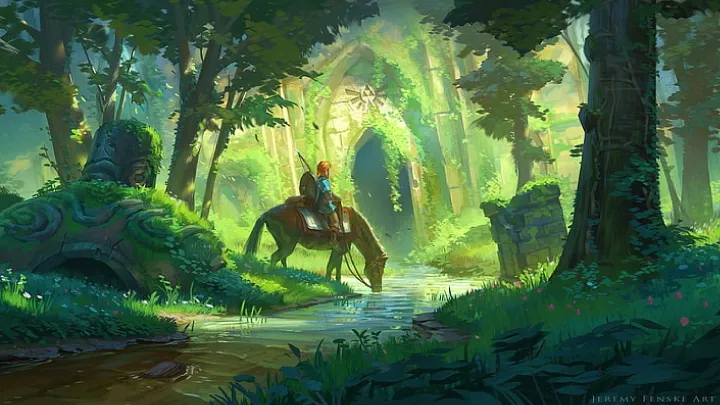
Combat Mechanics
The combat system in BotW is designed to be accessible to new players while still offering depth for veterans. Weapons have durability, forcing players to adapt their strategies continuously.
Difficulty Curve
However, the game’s difficulty can be inconsistent. Some enemies are challenging, while others may fall easily, leading to frustration for players who seek a balanced experience. This inconsistency can undermine the sense of accomplishment that comes from mastering the game’s mechanics.
Accessibility for All Players
BotW aims to be welcoming to a broad audience, including casual gamers. The game provides various difficulty options, but the non-linear nature of its quests may alienate players who prefer a more guided experience.
The Challenge of Inclusivity
While the game is designed to be accessible, the vastness of its world can be daunting for some players. This raises questions about inclusivity in game design and whether open-world games can cater to all skill levels effectively.
Environmental Storytelling
The World as a Narrative Device
The environment in BotW tells a story of its own. Ruins, landscapes, and weather all contribute to the atmosphere, immersing players in the lore of Hyrule.
Subtle Storytelling
This environmental storytelling is a strength of the game, as players can piece together the history of Hyrule through exploration. However, it also requires players to be observant and engaged, which may not resonate with everyone.
Discovering Lore Through Exploration
Players uncover lore by exploring, but this can lead to missed opportunities for those who prefer to focus on more structured narratives.
Balancing Discovery with Guidance
The challenge lies in balancing the joy of discovery with the need for narrative cohesion. Players who may struggle to connect the dots can feel lost, detracting from the overall experience.
The Role of Music and Sound Design
Soundscapes of Hyrule
The soundtrack of BotW is minimalist, often providing ambient sound rather than traditional music. This design choice enhances the feeling of exploration and solitude.
Emotional Resonance
While the music is effective in creating atmosphere, some players may miss the iconic melodies associated with previous Zelda titles. This raises questions about the role of music in storytelling.
Audio Cues as Navigation Tools
Sound design also plays a crucial role in gameplay. Audio cues can alert players to nearby secrets or enemies, enhancing the exploration experience.
Challenges of Audio Navigation
However, reliance on audio cues can be a barrier for players with hearing impairments, highlighting the need for more inclusive design practices in game development.
Conclusion
The Legend of Zelda: Breath of the Wild is a groundbreaking title that has redefined the open-world genre. However, its design choices concerning player freedom and narrative direction present a complex issue that impacts player experience. While the game excels in offering vast exploration and player agency, the non-linear storytelling, repetitive quests, and uneven challenge levels can detract from immersion and engagement.
As the gaming industry continues to evolve, the lessons learned from BotW’s design can inform future titles, striving for a better balance between freedom and narrative coherence. Ultimately, BotW stands as a testament to the potential of open-world design, but it also serves as a reminder of the complexities involved in crafting an engaging and meaningful player experience.




